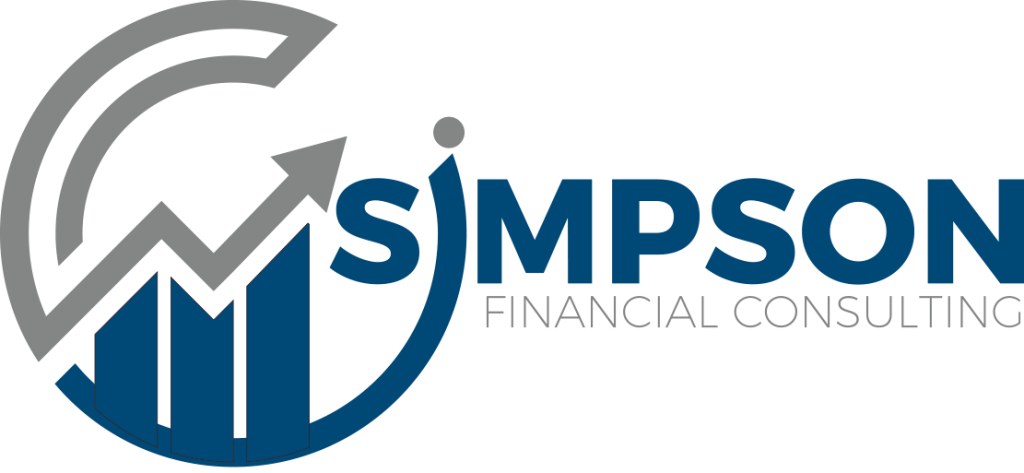In today’s fast-paced business world, staying on top of your financials isn’t just helpful—it’s essential. Whether you’re a freelancer, a startup founder, or a seasoned small business owner, QuickBooks is one of the most powerful tools in your financial toolkit. However, simply having access to QuickBooks isn’t enough. To make the most of this accounting software, you need to know how to use it strategically and efficiently.
So, how can you get the most out of QuickBooks? Below, we’ll walk through smart tips that will help you streamline operations, stay organized, and make confident business decisions. With the right approach, QuickBooks can transform the way you manage your finances—and save you time, stress, and money in the process.
1. Start with a Clean Setup
First things first—set up your QuickBooks account correctly from the beginning. Although diving in and recording transactions is tempting, pausing to configure everything correctly will prevent major headaches later.
To begin with, select the correct version of QuickBooks for your needs. QuickBooks Online is best for users who want cloud access and seamless collaboration, while QuickBooks Desktop is ideal for more robust offline features. Once you’ve made your selection, carefully enter your company information, including your business structure, fiscal year, and industry.
Transitioning smoothly from setup to daily use requires proper chart of accounts. Take the time to tailor the chart to your business type. By doing so, you’ll ensure accurate categorization and reporting from the very start.
2. Use Bank Feeds to Stay Current
Connecting your bank accounts and credit cards to QuickBooks is a game-changer. Not only does this save you the time of entering each transaction manually, but it also ensures that you always have up-to-date information.
Once linked, transactions automatically import into QuickBooks. From there, you can categorize them with just a few clicks. To improve accuracy, set up bank rules that help QuickBooks learn how to classify recurring charges. For instance, recurring software subscriptions or vendor payments can be automatically tagged, minimizing manual work.
More importantly, reconciling your bank account each month becomes much easier. You’ll be able to spot discrepancies early and avoid costly errors down the road.
3. Reconcile Monthly, Not Yearly
Many small business owners put off reconciliation until tax time, but this is a mistake. Instead of waiting until the end of the year to match your bank records with your QuickBooks entries, reconcile your accounts every month.
By maintaining a monthly reconciliation habit, you ensure your data remains accurate and up-to-date. Additionally, regular reviews help you catch fraudulent charges, accidental double entries, or missing income before they become major issues.
What’s more, monthly reconciliation helps you make smarter decisions. When your books are clean and current, you’ll have a clearer picture of cash flow and profitability, allowing you to respond swiftly to financial changes.
4. Utilize Tags and Classes for Better Reporting
QuickBooks offers tools like tags and classes to organize your finances beyond standard categories. When used correctly, they provide deeper insight into your financial health.
Classes allow you to track income and expenses by department, location, or product line. Meanwhile, tags offer flexible tracking for events, campaigns, or other business functions. By applying these features consistently, you can break down your reports to understand which areas of your business drive the most revenue and which might need adjustments.
Let’s say you run a bakery with multiple locations. You can set up each location as a class. This lets you compare performance and profitability across sites, helping you determine where to invest more resources.
5. Automate Recurring Transactions
Do you bill the same clients every month or pay regular subscription services? If so, QuickBooks’ recurring transactions feature will save you valuable time.
You can automate invoices, bills, and journal entries with just a few steps. Furthermore, you can customize the frequency—daily, weekly, monthly—and choose whether QuickBooks should save them as drafts or automatically process them.
By automating these tasks, you reduce the risk of forgetting an important payment or invoice. Even more importantly, you keep your cash flow consistent and avoid delays in revenue collection.
6. Stay on Top of Receivables
Monitoring unpaid invoices is crucial to maintaining a healthy cash flow. Fortunately, QuickBooks makes it easy to see who owes you money and how long payments have been overdue.
Set up automatic payment reminders for customers, and take advantage of invoice tracking features. QuickBooks lets you see when a customer has viewed your invoice, which can be helpful if there’s a delay in payment.
Additionally, consider using QuickBooks’ payment integrations to accept credit cards, bank transfers, or PayPal directly from the invoice. When it’s easier for customers to pay, you’ll likely get paid faster.
7. Review Reports Regularly
Although QuickBooks can generate dozens of reports, many users only check their profit and loss statement. While that’s certainly an important report, you’re missing out if you don’t explore the others.
Make it a habit to review your cash flow statement, balance sheet, accounts receivable aging report, and sales by product or service report. These offer a more complete picture of your business’s health.
For example, your balance sheet shows your company’s assets and liabilities at a glance, while the cash flow statement helps you understand how money moves in and out of your business. Reviewing reports monthly—or even weekly—allows you to spot trends and plan for the future with greater confidence.
8. Keep Personal and Business Expenses Separate
It might seem obvious, but it’s worth repeating: never mix personal and business finances. Even if you’re a sole proprietor, separate accounts are a must.
When personal expenses are mixed in, it’s harder to see your actual business performance. Plus, it creates confusion at tax time and could lead to errors in deductions or worse, an audit.
If you accidentally use your business card for a personal item, categorize it as an owner’s draw or personal expense. The key is to record it accurately and consistently, so your records remain clean.
9. Take Advantage of QuickBooks Apps and Integrations
QuickBooks integrates with hundreds of apps that can extend its functionality. From time tracking tools like TSheets (now QuickBooks Time) to inventory systems and e-commerce platforms, there’s likely an app that can help you streamline your workflow.
These integrations reduce double entry, eliminate data silos, and save you hours of administrative work. For instance, linking your Shopify store with QuickBooks automatically syncs orders, helping you manage income, refunds, and taxes in one place.
Additionally, mobile apps make it easy to snap receipts, create invoices on the go, and monitor cash flow from anywhere.
10. Invest in Training and Support
Lastly, don’t hesitate to invest in training. QuickBooks is a powerful tool, but to use it effectively, you need to understand how it works. Whether you prefer self-paced tutorials, webinars, or one-on-one coaching, there are numerous learning options available.
QuickBooks also has a strong community forum, where you can find answers to common questions and get help from other users. And if you run into more complex issues, don’t hesitate to consult a certified QuickBooks ProAdvisor.
The time and money you spend learning the software will pay off in improved accuracy, better decision-making, and fewer costly errors.
Final Thoughts
Mastering QuickBooks isn’t about doing everything yourself—it’s about doing the right things efficiently. By taking the time to set up your system properly, automating repetitive tasks, and reviewing reports regularly, you set your business up for long-term success.
Moreover, transitioning to a more proactive financial management strategy gives you greater control over your business decisions. Instead of reacting to problems, you’ll be anticipating opportunities and planning for growth.
QuickBooks, when used effectively, becomes more than just accounting software—it becomes your partner in building a financially sound, scalable business. So start applying these tips today, and transform the way you manage your money.
At Simpson Financial Consulting, we understand the importance of maximizing your savings. Take the next step in achieving financial success with one of our tax experts today. Contact Us at (248) 821-1816

